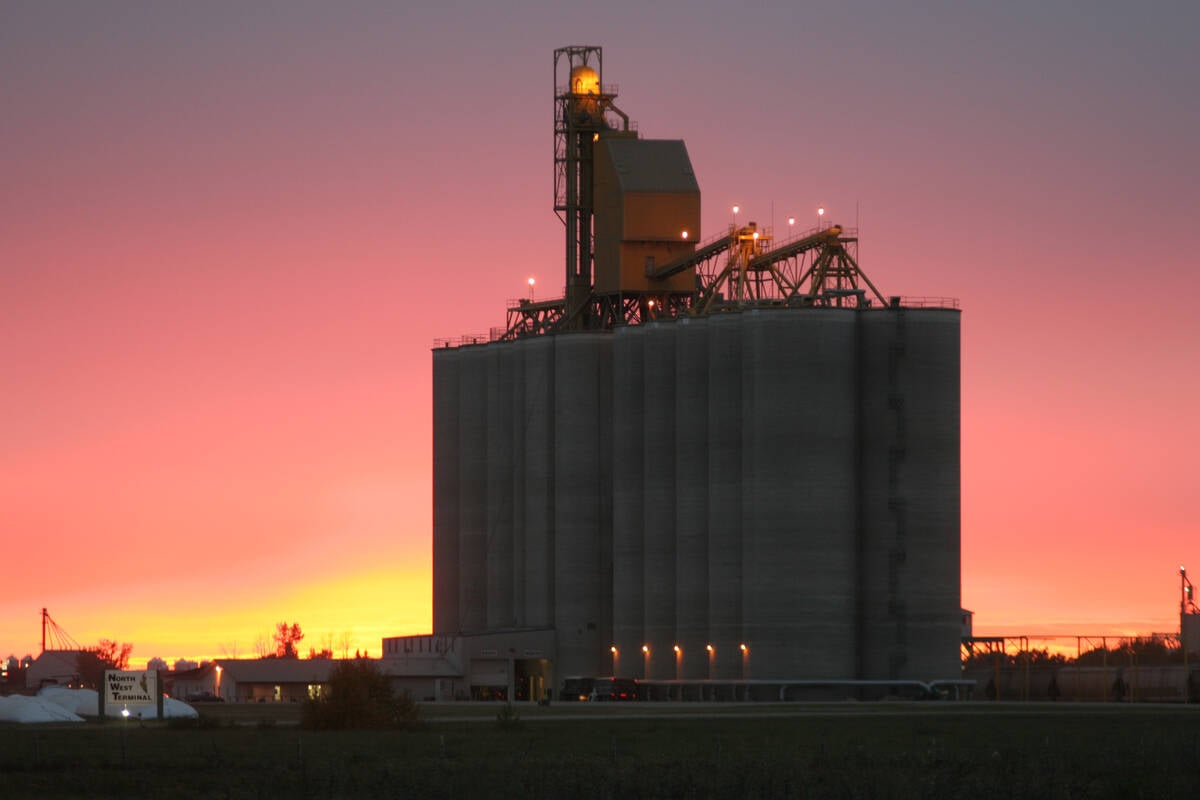Ray Prefontaine returned to the ranch where he grew up prepared to do things differently.
After a stint in Ottawa as an economist, he came home to Lisieux, Sask., in 1981 and sought expert advice on how best to manage and sustain his cattle and his land.
He quickly realized that cows selected and depleted the better grasses in continuous grazing. In dry years, that caused a shortage of good grass production.
“The cows should not necessarily be in the same pasture as they always were,” he said.
Read Also

Bunge to acquire North West Terminal Ltd.
Bunge plans to buy the assets of North West Terminal in Unity, Sask.
The long-term practice could only be solved with an equally long-term grazing plan, said Prefontaine, who was rewarded with a TESA, or the environmental stewardship award, last year and hosts numerous demonstration projects and grass tours.
Prefontaine decided to delay grazing on native prairie until mid- to late-June to give the land a good start. Instead, he put his livestock on tame grass fields, and planted cereals such as fall rye to get the program started.
He also sought out little used lands, set up temporary paddocks and electric fences to keep cattle there and ran solar operated pumps at water sources.
Hand in hand with his land stewardship is his desire to produce an economically sustainable cattle operation, one that can be passed to his adult son.
“We are just stewards of the land for the next generation,” said Prefontaine, who oversees a 10,000-acre grain and cattle farm with his wife Donna and brother Dan.
He raises 400 Red Angus-Simmental cattle, which have been recognized by the Red Angus Promotions Society.
“The grass and the cattle are tied together,” Prefontaine said.
“We couldn’t do the cattle unless we had the quality of grass.”
Through involvement with the Saskatchewan Stock Growers, Prefontaine’s conservation work caught the attention of the Prairie Conservation Action Plan.
The PCAP partnership, consisting of 25 groups representing industry, government, cattle producers and academia, seeks to sustain native prairie for grazing, maintain biological diversity and increase awareness and understanding of the benefits of native grasslands.
Prefontaine said uneven terrain requires three-dimensional conservation planning, such as dealing with erosion in riparian areas from cattle cutting trails into fields.
“Overall we’re doing a good job but there’s still lots to be done,” he said. “It’s a continuous project.”
Ross Macdonald, the rangeland agrologist who nominated Prefontaine for the award, said attitude and pride pervade everything Prefontaine takes on.
“There’s a direct link between how healthy his land feels and how good he feels,” Macdonald said. “He wants to make a healthy system.”
Macdonald said Prefontaine stuck to his conservation vision even when others were ripping up their grassland.
“A little bit of conservation management in the short term pays off in sustainability in the long term.”
He said the Prefontaine plan shows an appreciation for wildlife and watershed resource, has off-site watering systems and limits cattle access to water in riparian areas.
PCAP chair Allen Patkau said Prefontaine is balancing the business and environmental side.
“He is making a living doing the right things for the greater conservation picture.”














